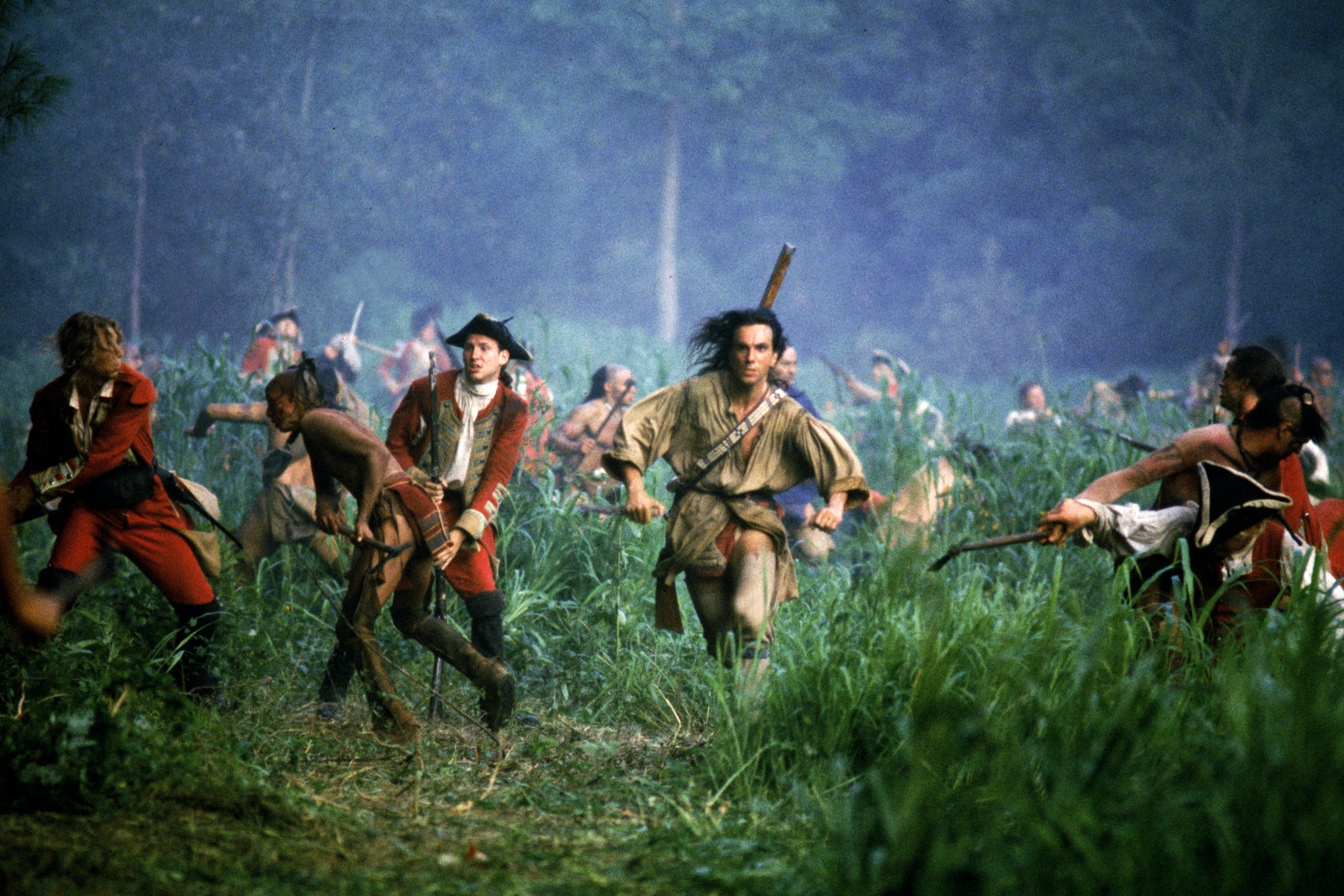THE LAST OF THE MOHICANS
THE LAST OF THE MOHICANS
Mid-18th-century North America. The French and British are at war, dragging settlers and Indigenous nations into the conflict. Hawkeye, a half-white frontiersman raised by Native Americans, falls in love with the daughter of a British officer. Michael Mann’s film is a sweeping Hollywood reverie on the colonisation of America.
An adaptation of James Fenimore Cooper’s 1826 historical adventure novel, told in classic Hollywood fashion. It is the mid-18th century, and the French and British are locked in battle, with the English fighting alongside American settlers against the French and their Indigenous allies. Among them is Hawkeye, a half-white warrior raised by the Mohicans. When, amid the chaos of ambushes and skirmishes, he and his companions, Chingachgook and his son Uncas, rescue the two daughters of a British commander, the story takes on a distinctly melodramatic thread.
THE LAST OF THE MOHICANS is an example of the repeated mythologisation of British colonialism in North America. The original novel was the first of many fantasies about the relationships between the British settlers, French colonial rivals and indigenous peoples.
Each subsequent screen version allowed this mythologised tale to settle ever more comfortably into Hollywood convention – smoothing over the brutality and complexity of history. Mann’s adaptation, drawing heavily on George B. Seitz’s 1936 film, arrived at a time when the western had already become self-aware, reckoning with its own legacy. Yet the director chose the path of grand spectacle, reaffirming Hollywood’s enduring hunger for myths – including those about the making of America and the legacy of British colonialism.
Text: Karolina Kosińska PhD
.png)
.png)






























